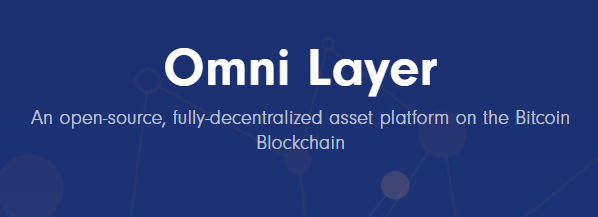Lightning Network
OmniBOLT Improves Smart Contracts on Bitcoin

OmniBOLT recently announced that they now support the easy creation of Lightning Network-capable digital assets on the Bitcoin blockchain. The protocol also improves the smart contract functionality of the world's first and most popular cryptocurrency. OmniBOLT has been under development for years with its proponents calling it one of the best options to drive Bitcoin innovation.
USDT transactions – OmniBOLT
One of the first tokens to leverage Bitcoin's upgrade capabilities is USDT. USDT (Tether) is one of the most popular coins in the market and is the most widely used stablecoin currently. It's available on multiple networks such as Ethereum and TRON. Now, it's available on Bitcoin.

OmniBOLT Infrastructure
The Bitcoin USDT will operate with OmniBOLT Lightning Network wallets and services. The OBWallet is a non-custodial wallet specifically set up to handle Bitcoin-issued assets. As a non-custodial wallet, you are the only one who has access to your crypto via private keys.
OmniBOLT Scalability
The upgrade improves the performance of USDT as the Lightning Network is one of the fastest and cheapest ways to conduct blockchain transactions. The integration also opens the door for a variety of high-performance use cases such as high-frequency trading.
Different
OmniBOLT operates differently than asset issuance layers on competitors like Ethereum. These systems rely on roll-up solutions. In this method, different assets use the same bandwidth which limits scalability. The OmniBOLT protocol separates the bandwidth for each asset.
This strategy ensures that token transactions will not interfere with each other. It also provides more efficiency as the computations can be handled simultaneously. This structure lowers mainchain congestion which results in reduced energy consumption.
History
The OmniBOLT protocol was first introduced to the community in 2022. The name is derived from BOLTs which is the set of rules that Lightning Network developers adhere to as a way to ensure interoperability when creating new protocols and Dapps and the OmniLayer protocol.
OmniLayer
OmniLayer is the core infrastructure of the OmniBOLT protocol. The network was designed to enable tokens to be created and transmitted freely on the Bitcoin blockchain. The OmniLayer seeks to improve Bitcoin's flexibility by enabling support for more advanced smart contracts as part of this strategy.
Smart contracts are one of the core requirements of +2 Gen blockchains. These automated protocols execute upon receiving a preset amount of crypto. They are a core component of the blockchain sector and adding them to Bitcoin takes the network from 1st Gen to 3rd Gen in terms of capabilities.
Bitcoin is Ready for New Assets
OmniBOLT is one of many new Bitcoin-centric asset issuance protocols entering services. The network offers some unique features that demonstrate the level of research and foresight that went into the project as a means to avoid congestion and other issues.
OmniBOLT will Drive Adoption
When you examine the latest upgrades OmniBOLT brings to the table, it's easy to see how these features will help to drive more people to use Bitcoin. The emergence of Bitcoin-centric DeFi continues to reshape the market in new ways. You can expect to hear more from OmniBOLT as the Lightning Network continues to grow.